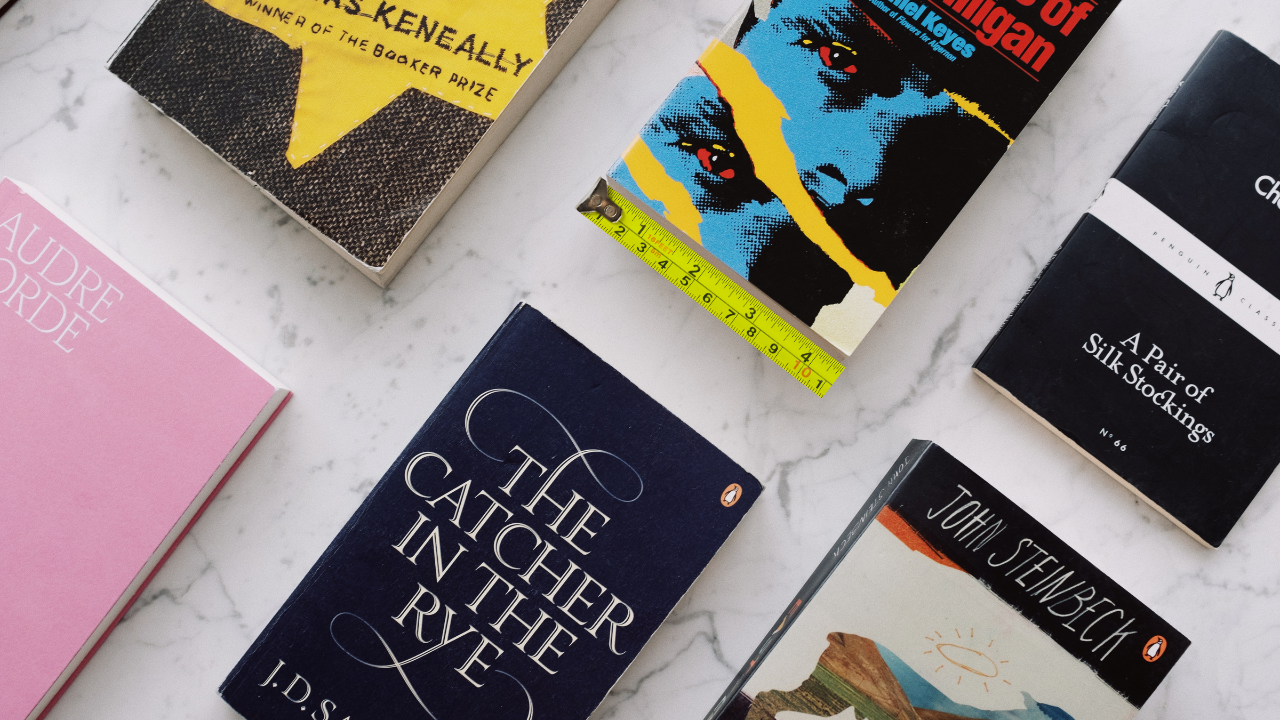Step into any bookstore, and you’ll notice two types of paperbacks. The larger, trade paperbacks, command presence with their quality print and sturdier build. Then there are the smaller, mass-market paperbacks—portable, affordable, and ready for your next commute or vacation.
But what really sets them apart? It’s not just about size or cost; it’s about your reading journey. Whether you’re after durability or ease of carrying, knowing the difference enhances your reading experience.
Let’s delve into the world of paperbacks and uncover which type might just be your next favorite read.
🔔 Please subscribe to our Youtube channel
Mass Market Paperback?
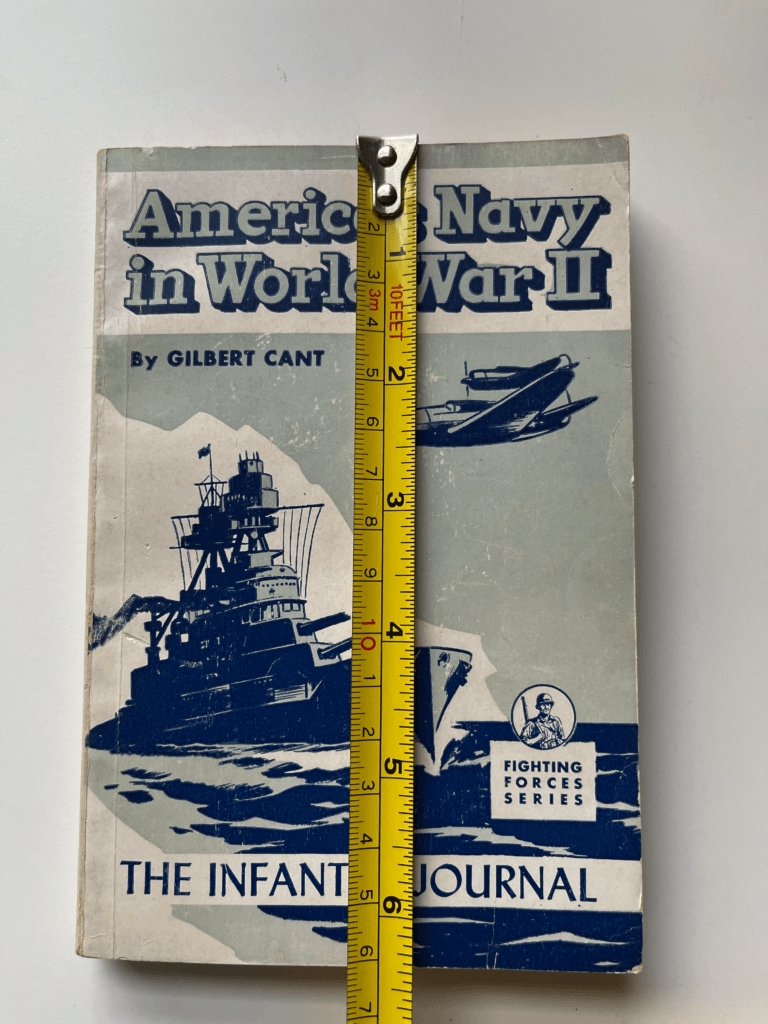
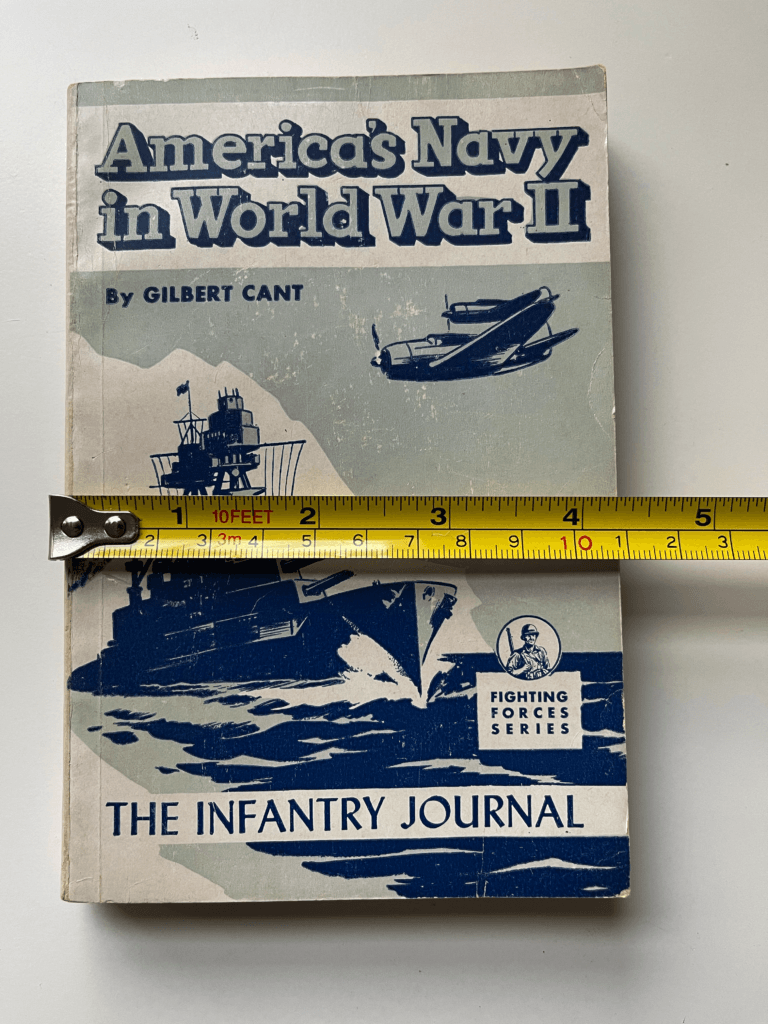
Mass-market paperbacks are the compact, pocket-friendly editions. Measuring around 4.25 by 6.75 inches, they fit in your hand easily. They are produced for the masses. Hence the name.
These books are on lower-grade paper, smaller print, have no illustrations and a tight binding. You’ll see them in airports and supermarkets, not just bookstores. They are the most affordable version of a book.
And Trade Paperbacks?
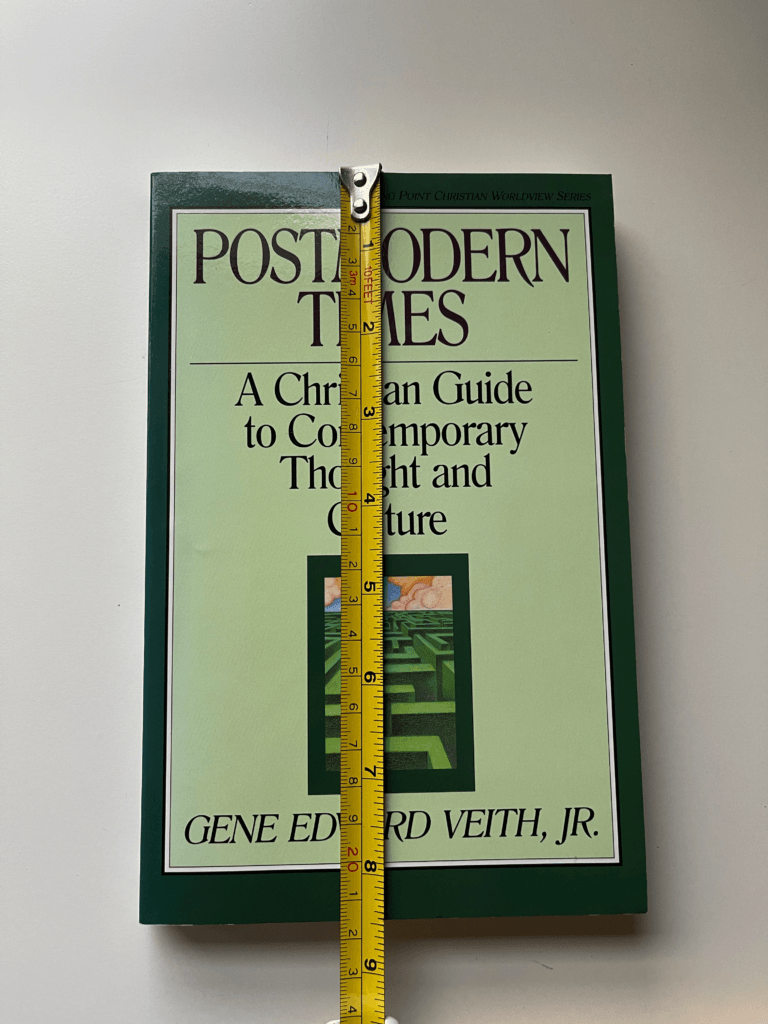
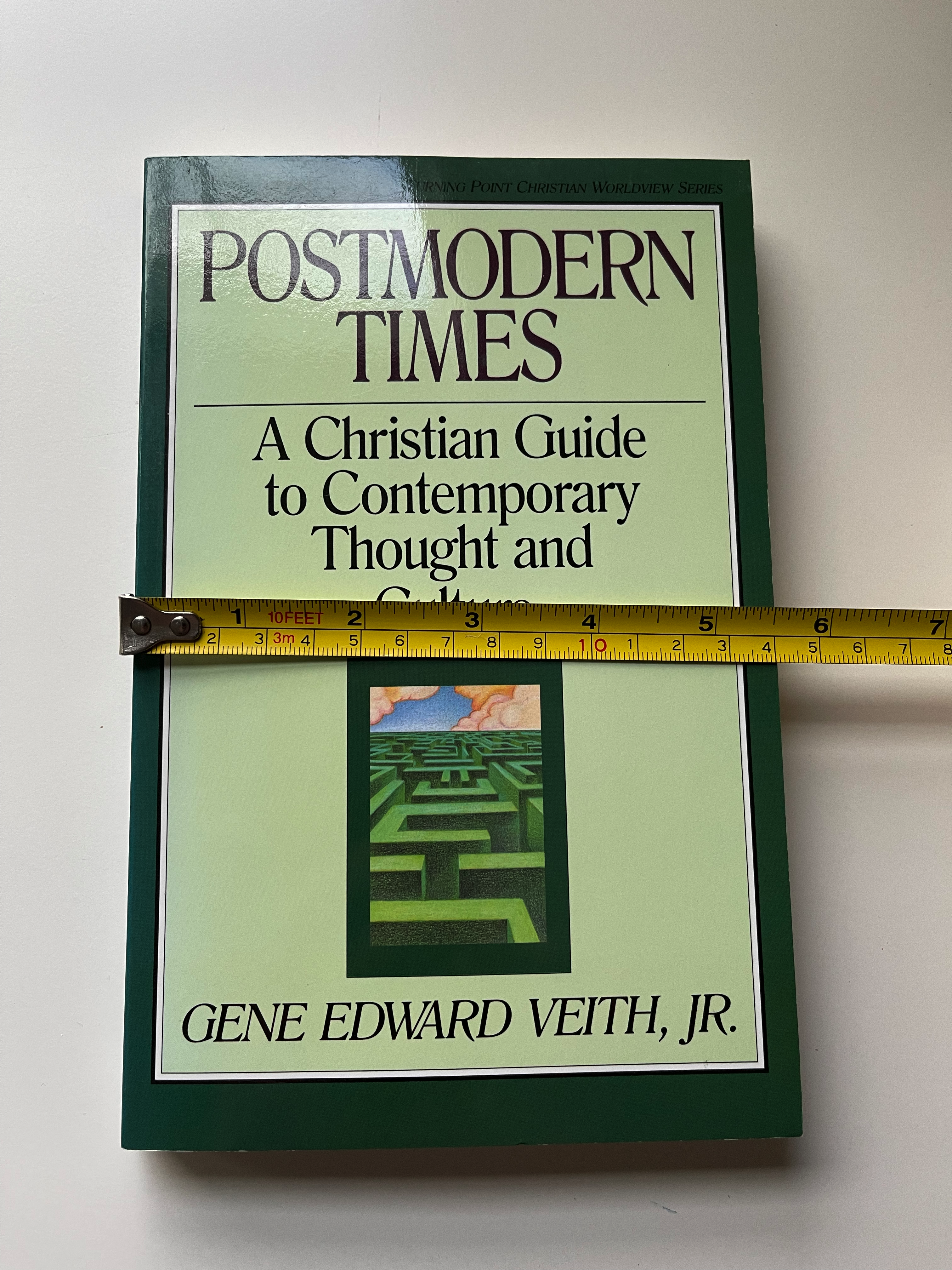
Trade paperbacks are the larger siblings in the paperback family. They usually measure around 5.5 by 8.5 inches.
You’ll find them in bookstores and libraries, boasting high-quality paper and print. They are durable. This format often serves as a bridge.
It’s between the hardcover release and the cheaper paperback version. Think of them as a middle ground.
Price Points
Cost is a significant factor. Trade paperbacks cost more than mass-market editions. And the hardcover version of the same book cost more than the paperback versions.
The higher price reflects the larger size, better quality, and smaller print runs. Mass-market paperbacks are cheaper to make.
That’s why they’re cheaper to buy. They are made for bulk sales, after all.
Shelf Life
Trade paperbacks often last longer. Their sturdier construction means they withstand wear and tear better.
Mass-market paperbacks, however, don’t fare as well. They can become quite worn with heavy use. Their spines crack. Pages may yellow or fall out. They’re not for the ages.
Collectability
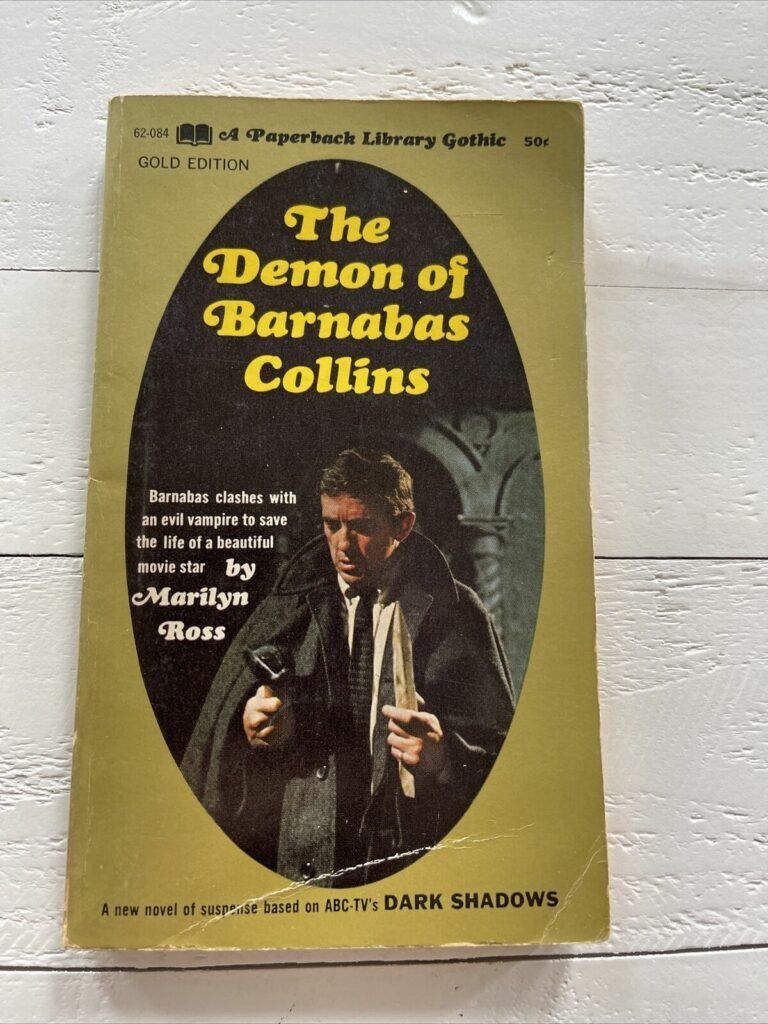
Collectors often prefer trade paperbacks. Why? They hold up better over time and look nicer on a shelf. They also often contain additional features.
These include author interviews, reading group guides, and quality covers. Mass-market paperbacks are less collectible. They are seen as more disposable.
But there are exceptions. Take, for instance, the mass market paperbacks from the Marilyn Ross series featuring Barnabas Collins – those are real collectibles.
We’ve actually sold quite a few of them at our shop.
Reading Experience
The reading experience differs too. Trade paperbacks have larger text and more whitespace. This makes for easier reading. Their size feels substantial in your hands.
Mass-market paperbacks are more about convenience. Their small size makes them portable, but they can be harder to read. The text is smaller and the pages more tightly packed.
Cover Art and Design
Trade paperbacks often retain the original cover art of the hardcover edition. The design and fonts might be better too.
Mass-market versions may have different, sometimes more commercial, cover art. Their designs cater to quick sales. They grab your attention in a busy airport bookstore.
Availability and Distribution
Trade paperbacks are widely available in various book-selling venues. Independent bookstores love them.
Mass-market paperbacks are distributed widely too. But their venues are different. Think beyond bookstores. They are in drugstores, supermarkets, and airports.
Publication Timing
Trade paperbacks usually come out after the hardcover, but before the mass-market edition. They often appear when the hardcover sales slow down.
Mass-market editions follow. They hit the shelves when the book is already well-known. Or when a movie adaptation comes out.
Why Choose One Over the Other?
Your choice might hinge on several factors. Consider durability, readability, and price. Think about where you’ll read it. Will you tote it around a lot?
Then a mass-market might be best. Do you want a more enjoyable reading experience? A trade paperback could be the way to go.
Environmental Impact

There’s an environmental angle too. Trade paperbacks often use better quality, often acid-free paper, possibly more eco-friendly paper.
Mass-market paperbacks use paper that’s less durable and not always from sustainable sources. Also, they are more disposable by nature and may end up in the trash easier.
If you’re eco-conscious, this might sway your choice.
Authors and Royalties
Authors often receive higher royalties from trade paperbacks. That’s because they’re sold at a higher price.
For mass-market editions, royalties are less. But the volume of sales can compensate.
According to Scribe Media, on average, traditional publishers pay the following rates:
- Hardcover sales: 15%
- Trade paperback sales: 7.5%
- Mass-market paperback sales: 5%
The Publisher’s Perspective
Publishers decide on formats based on the market. They consider what readers want. They also look at production costs and potential sales.
A book’s success in hardcover might lead to a trade paperback version. If it’s a genre title, like romance or thrillers, a mass-market version is likely.
Conclusion
In the end, the choice between trade and mass-market paperbacks is a personal one, reflecting your reading habits and lifestyle.
A trade paperback might be your preference for at-home reading, a durable companion for the long haul.
Or perhaps the mass-market’s portability and affordability align better with your on-the-go life, ready for a quick read on a long commute.
So, when you’re next in line at the bookstore, weighing a trade against a mass-market paperback, remember: it’s about the feel in your hands, the ease on your eyes, and the fit in your life.
Whichever you choose, it’s the story that matters most—everything else is just the binding.

